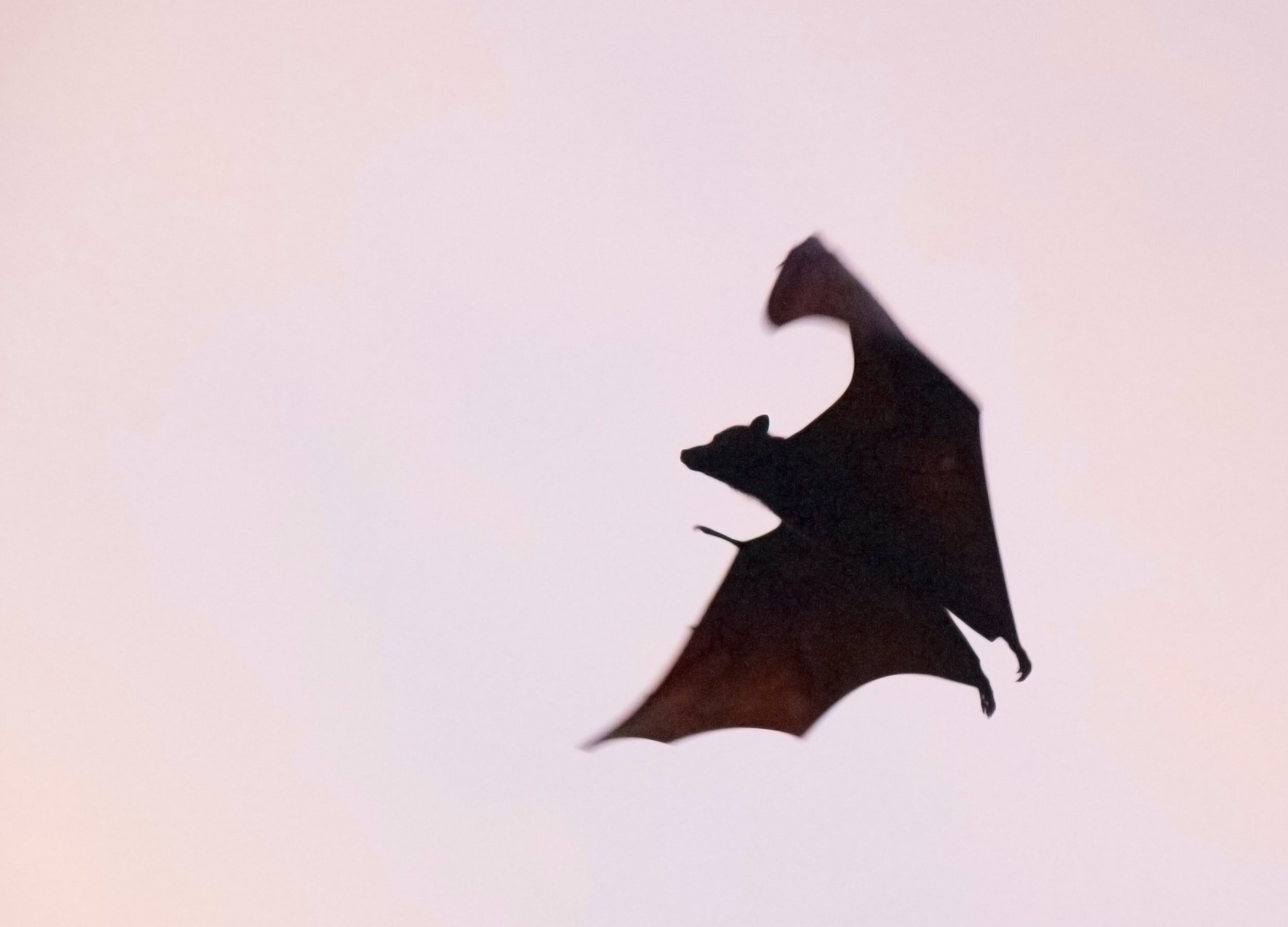The Wonderful World of Bats
Recently, ecologist Dr. Cylita Guy shared her knowledge about one of our favourite Halloween mascots, bats, and busted a few myths along the way.
Variety is the Spice of Life
Whether you find them cute or scary, Dr. Guy is quick to highlight the immense diversity of bat species known today. With over 1,400 different species, bats make up a quarter of all living mammal species known on Earth. All bats species are warm blooded, furry, and give birth to live young whom they nurse with milk. While many people may be familiar with bats as being small and brown, a number of species have interesting characteristics that have earned them some unique names like mouse-tailed bats, hog-nosed bats, horseshoe bats, slit-faced bats, and even ghost bats!
On the whole, bats are warm-blooded animals but their diet varies across species, ranging from the nectar and pollen feeding bat Glassophaga Soricina to the blood feeding Desmodus Rotundus. Yes, you read that right - blood feeding! Discovered in 1810, the common vampire bat was so-named after Eastern European Vampire Mythology. While vampire bats don't hunt to ‘suck blood’ as folklore would have us believe, they do pierce animal skin (typically livestock) with their teeth, biting away a small flap, and lapping up the resulting pools of blood. While generally thought to be insectivores, different bat species across the globe have evolved to eat other things including fruit, nectar, pollen, and small vertebrates such as fish and frogs.
Fun fact: Bats can eat up to their body weight in insects in one night. This insect-rich diet results in quite sparkly bat poop due to the high volume of insect exoskeleton present.
Photo by Johannes Giez on Unsplash
Is it a bird? Is it a plane?
If the sun is setting, it might just be a bat. Bats are the only mammals capable of flight and evolved differently compared to birds. Instead of feathers, they have thin skin between very long fingers that helps power their flight. These digits allow bats to be much more agile than birds, changing direction up to ten times faster. Unlike birds, however, bats cannot take off easily from the ground and instead drop from a hanging position in order to fly. Once airborne, Mexican free-tailed bats are thought to be the fastest mammal on earth, capable of horizontal flight speeds over a level surface up to 160 km/h (100 mph)!
A Sight for Sore Eyes
We’ve all heard the expression ‘blind as a bat’ but it turns out we’ve been giving bats a bad rep. Many bat species use echolocation, high frequency sound waves that are beyond human hearing range, for navigation to explore foreign environments. However, bats that echolocate are not blind. They can still see - although some not very well. In contrast, some species of bats don’t have the ability to echolocate and instead use their large eyes to get around in the dark. Dr. Guy explains that these bat species have eyes that are adapted to be highly sensitive in the dark - which makes sense given their nocturnal nature. They can see in places we’d consider pitch black, like the caves which they inhabit, and can also see in daylight. Colour vision varies between species, with some bats having lost the requisite photoreceptor cells.
The next time you see a furry flying friend, we hope you don’t bat an eye - instead take a moment to admire the marvels of such a diverse species.
If you’re interested in learning more about bats, look out for Dr. Cylita Guy’s first children’s book, Adventures of Your Friendly Neighbourhood Urban Ecologists, coming in 2021 from Annick Press. In the meantime, listen to Cylita share her experiences working in the field in The Story Collider podcast.
—by Keshna Sood
Banner image: Photo by Clément Falize on Unsplash


